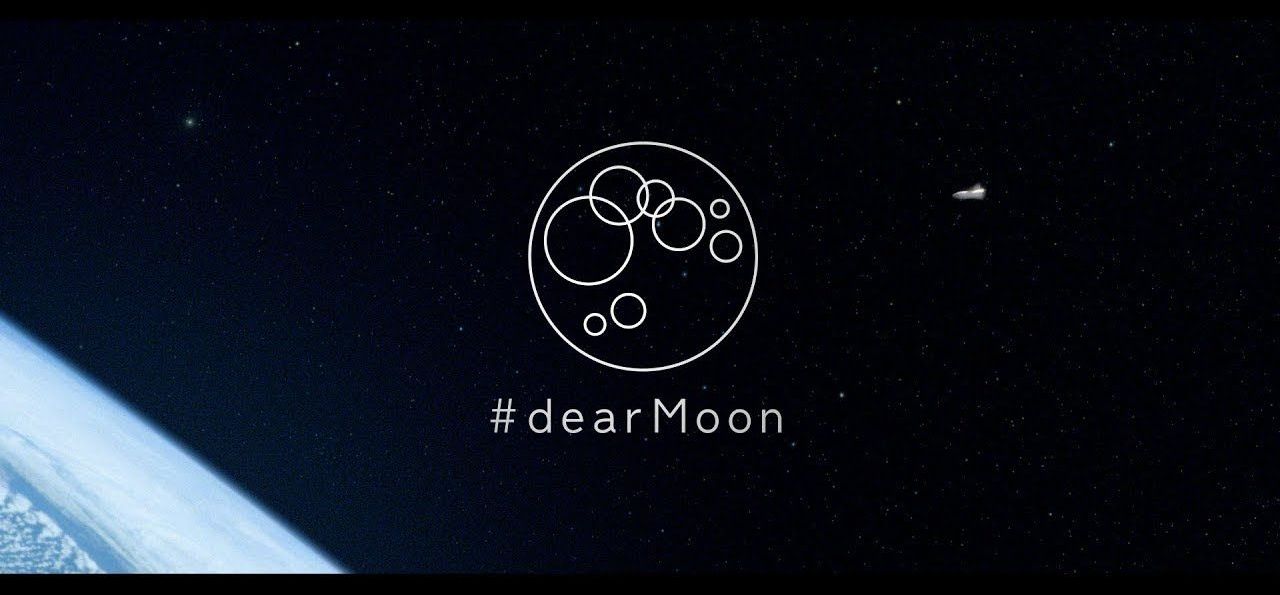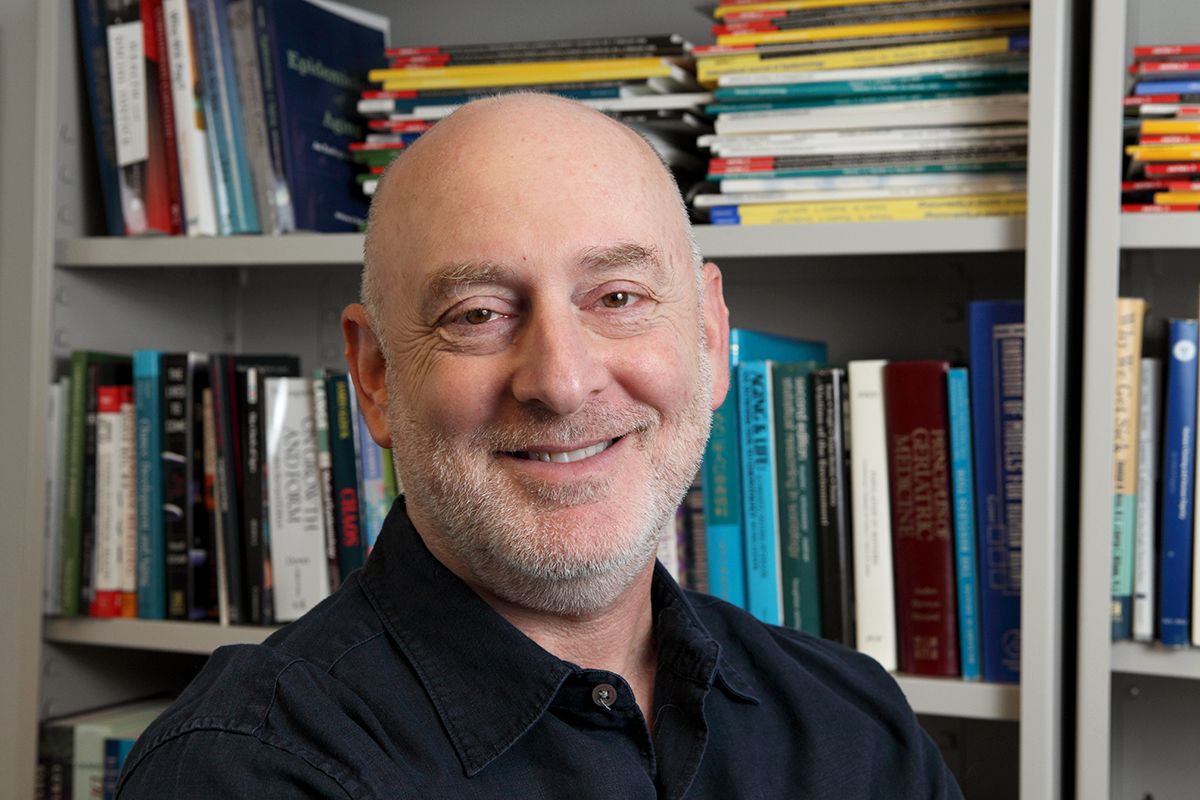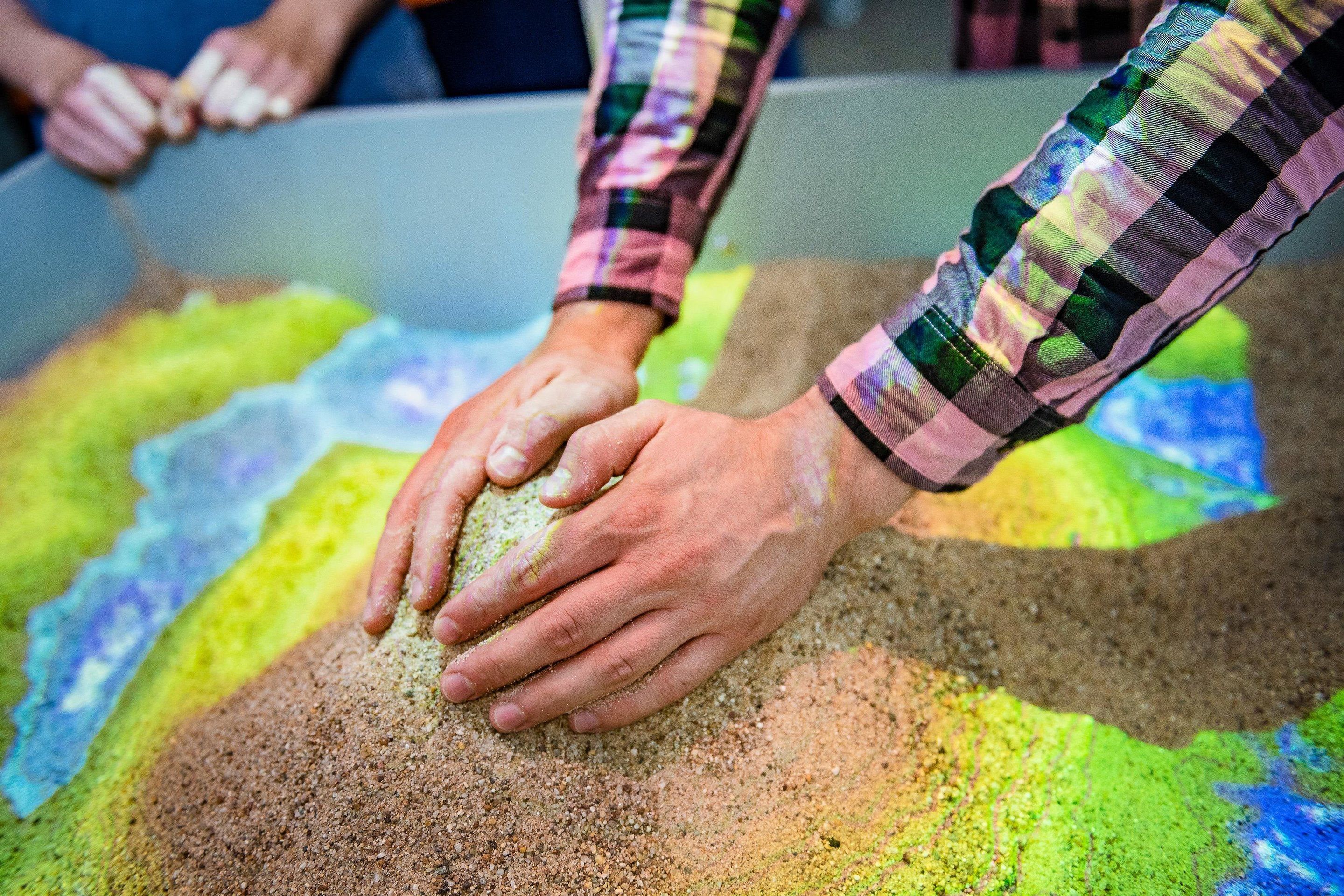This evening, SpaceX CEO Elon Musk revealed that Yusaku Maezawa, a Japanese billionaire and founder of Zozotown, Japan’s largest online clothing retailer, will be the first private customer to ride around the Moon on the company’s future massive rocket, the Big Falcon Rocket (BFR). Maezawa plans to fly on the trip as early as 2023, and he wants to take artists with him to turn the entire ride into an art project called #dearMoon. A website for the mission went live after the announcement.
“Finally, I can tell you that I choose to go to the Moon! I choose to go to the moon with artists!” Maezawa said to announce his trip at a SpaceX event.
Maezawa, who is 42, reportedly has a current net worth of $2.9 billion, according to Forbes. He is also an avid art collector, and he spent $110.5 million on a 1982 painting by Jean-Michel Basquiat called Untitled last year. As an artist, he wants to invite other artists to come along with him on his ride. Maezawa says he has “bought all the seats” on the BFR and will be looking for others to join him on a week-long mission around the Moon.









